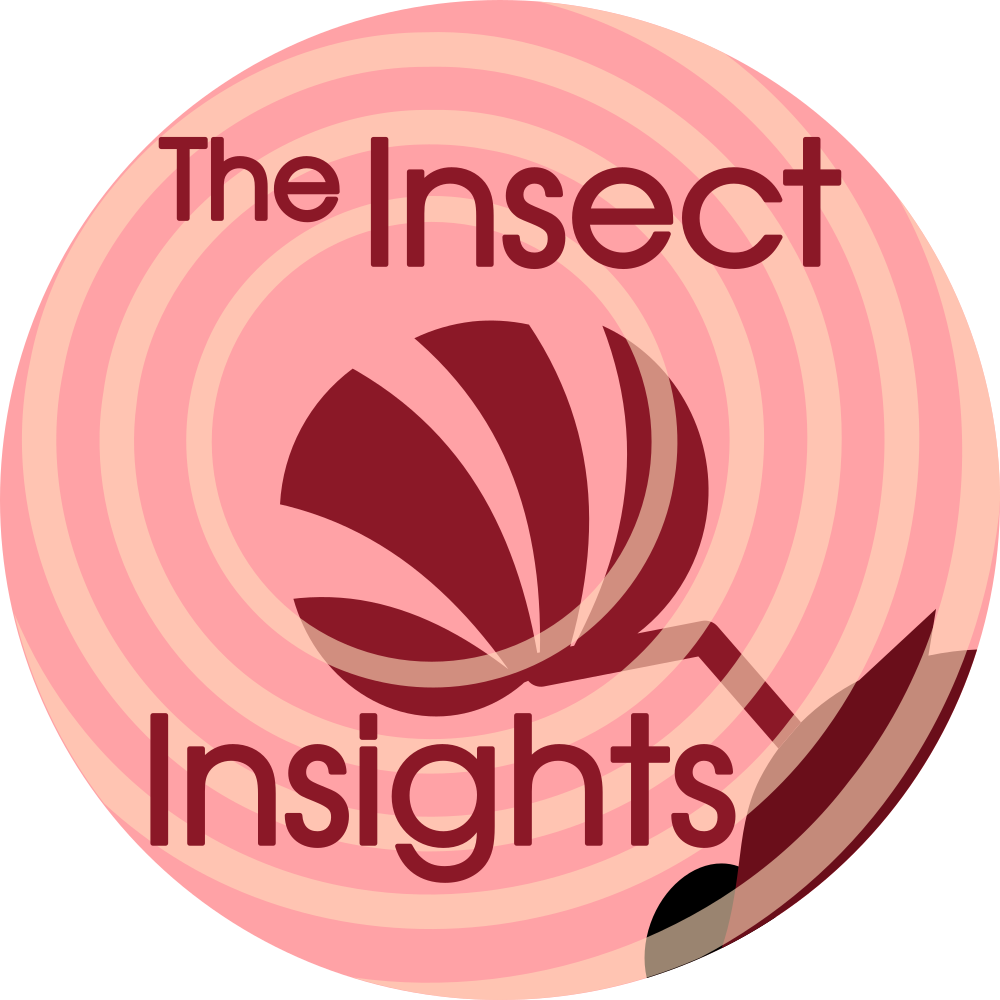Teleopsis, a fly with the eyes of a
stalker
The story of a fly with several millimeter between its eyes.
You can listen to it over there
And find the other episodes on there, or on any podcast app:



This episodes uses the "Papuan/North Australian rain forest" soundscape, which I made using INaturalist recordings from user Tom Hunt. You can find full details and other soundscapes on the dedicated page.
Transcript
Picture yourself by a stream, in a tropical forest of Indonesia.
[Southeast Asian jungle noise fade in]
You are resting on a leaf, safely encased and protected by the
hardened skin you wore as a larva, your puparium. But as your
development comes to an end, you are ready to emerge, and earn your
name. You are a stalk-eyed fly, and you are about to grow your
stalks.
Hi and welcome to the Insect Insights, chill insect stories to relax
and wonder, available wherever podcasts are. If you like this podcast,
you can subscribe, leave a review and even an insect question. I am Max,
your host, and I hope you are ready to dive into insect knowledge for
another insight!
Let’s get back to your tropical riverside. After a larval life spent
eating freshly rotting plant matter, you settled and started your
metamorphosis into an adult fly. But you are not any fly, you are a
Teleopsis dalmanni, from family Diopsidae, a Stalk-eyed fly. This
implies that during the development of your new head, your eyes found
themselves at the end of elongated stalks, linked to your brain by
elongated optic nerves. When you will be finished getting out of your
protective puparium, the moment will have come to expand them and gain
all the eye span you can. There’s really no option to do it later, when
your exoskeleton will be hardened. It’s now or never!
You start pumping air bubbles in your stalks, making them align
perpendicular to your body axis and going on both sides of your head. If
they are long enough, you will be a very seductive fly. Even if they
don’t really do anything useful, they are still used by female of your
species to judge how good of a mate you can be. You will face other
males, and compare your eye span to theirs.
You are like a miniature stag, or even a miniature stag beetle
because you’re really small. Bound to develop cumbersome organs, just to
show you can spare so much resources into useless sexiness.
Sources
Buschbeck, E.K., Roosevelt, J.L. and Hoy, R.R. (2001) ‘Eye stalks or
no eye stalks: A structural comparison of pupal development in the
stalk‐eyed fly cyrtodiopsis and in drosophila’,
Journal of Comparative Neurology, 433(4), pp. 486–498.
Available at: https://doi.org/10.1002/cne.1155.
Rogers, D.W. et al. (2008) ‘Male sexual ornament size is
positively associated with reproductive morphology and enhanced
fertility in the stalk-eyed fly Teleopsis dalmanni’, BMC
Evolutionary Biology, 8(1), p. 236. Available at: https://doi.org/10.1186/1471-2148-8-236.



